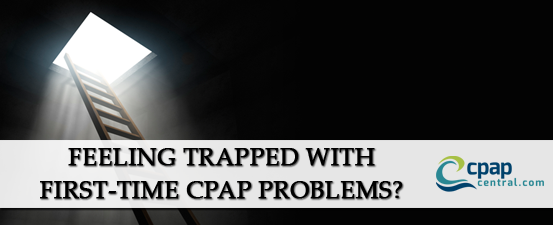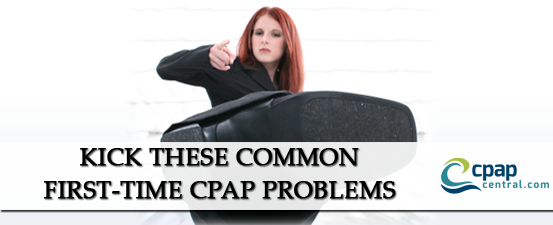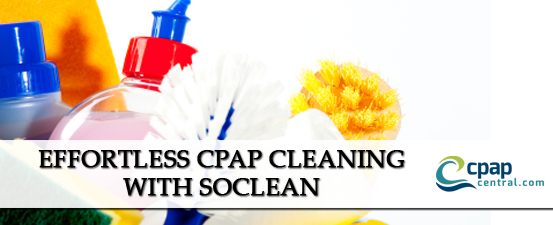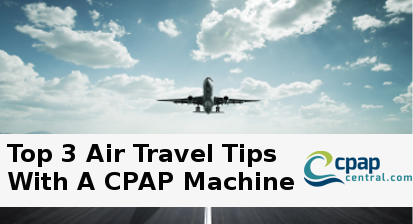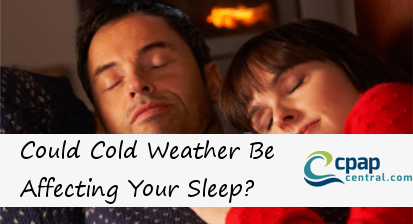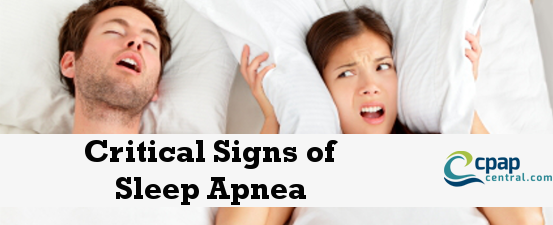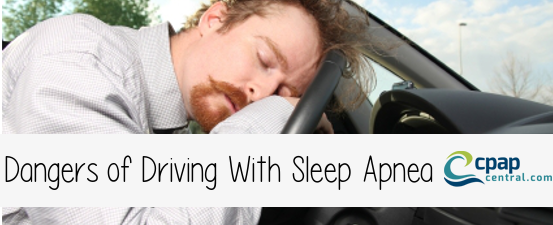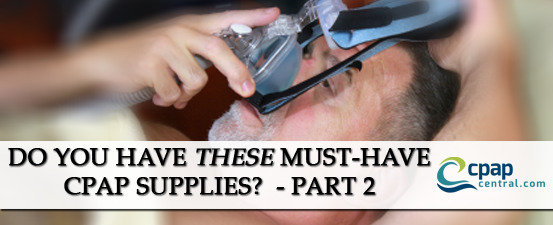RemZzzs®: How to Revitalize Your CPAP Mask
Sleep apnea therapy is not always comfortable for some people. The silicone cushions of some CPAP masks can make red marks, sores and irritability of the general area on the user’s face. Thankfully, CPAPCentral.com offers a way to revitalize your CPAP mask with one simple product, RemZzzs® CPAP Mask Liners.
What are RemZzzs CPAP Mask Liners?
RemZzzs CPAP Mask Liners are specially designed pads that create a barrier between your skin and the silicone on your CPAP mask. This barrier is essential to increase the overall comfort of your CPAP mask! These liners offer more than just comfort. Check out some of the other benefits the RemZzzs CPAP Mask Liners offer.
- Allows you to use your bedtime facial products
- Helps to absorb oils and moisture on your face
- Prevents red pressure marks and skin irritations
- Eliminates or reduces noisy air leaks
- Encourages healing of pressure sores on your face
How Can RemZzzs CPAP Mask Liners Improve Mask Seal?
The patented material of the RemZzzs Mask Liners can improve the seal of most CPAP masks by conforming to your facial features without adding pressure to your face. The mask liners can even comfortably conform to irritable scars, blemishes and even facial hair! According to RemZzzs studies, facial hair such as mustaches or beards did not interfere with the effectiveness of the RemZzzs CPAP Mask Liners.
Are you Ready to revitalize your CPAP Mask with RemZzzs?
CPAPCentral.com encourages you not to give up on your sleep apnea therapy because of uncomfortable or painful masks. The CPAP experts at CPAPCentral.com can help you select the right RemZzzs CPAP Mask Liner for your nasal CPAP mask or full face CPAP mask today. If you have any questions or concerns about options to increase the comfort of your CPAP mask, contact CPAPCentral.com today.


